The Victorian era, spanning from 1837 to 1901, was a time of great change and progress in society, including the way people ate and dined. The dining room became an important space in the home, and it was during this time that the concept of a separate dining room for formal meals first emerged. Let's take a look at the history of the Victorian dining room and how it evolved over the years.Victorian Dining Room History
During the Victorian era, the dining room was considered the heart of the home and was a place where families would gather to eat and socialize. This was a time of great prosperity and the middle class began to emulate the wealthy by creating grand dining rooms in their homes. The dining room was often located on the ground floor and was designed to impress guests with its opulence and elegance.Victorian Era Dining Room
The decor of a Victorian dining room was elaborate and ornate, reflecting the wealth and status of the homeowner. Heavy, dark wood furniture was common, with intricate carvings and details. Rich fabrics, such as velvet and brocade, were used for curtains and upholstery. Tables were adorned with fine china, silverware, and crystal glasses. The walls were often covered in wallpaper with bold patterns and colors.Victorian Dining Room Decor
The furniture in a Victorian dining room was grand and formal, often made from dark woods such as mahogany or walnut. The most important piece of furniture was the dining table, which was usually large and could seat up to 12 people. Chairs were often upholstered in luxurious fabrics and had ornate details. Other furniture in the room included sideboards, display cabinets, and buffets for storing and serving food.Victorian Dining Room Furniture
The design of a Victorian dining room was all about creating a sense of grandeur and luxury. The room was often decorated with heavy drapes, carpets, and rugs to create a cozy and intimate atmosphere. Chandeliers were a popular lighting choice, adding to the opulence of the room. The walls were adorned with artwork and mirrors to reflect light and make the room appear larger.Victorian Dining Room Design
The Victorian dining room style was all about excess and extravagance. It was a time when people wanted to show off their wealth and social status, and the dining room was the perfect place to do so. The style was heavily influenced by the Gothic and Renaissance periods, with ornate details and elaborate designs. The overall look was luxurious and grand, with a touch of romanticism.Victorian Dining Room Style
The Victorian era was known for its strict social etiquette, and this extended to the dining room as well. There were many rules and customs that were expected to be followed when dining in a Victorian home. For example, it was considered impolite to start eating before the host, and elbows were not to be placed on the table. These rules were taken very seriously and were seen as a way to display good manners and refinement.Victorian Dining Room Etiquette
The dining room was an important part of Victorian culture and was seen as a way to showcase one's wealth and social status. It was also a place for family and friends to gather and socialize, with formal meals being a common occurrence. The dining room was often a reflection of the homeowner's taste and style, and it was a way to impress guests and maintain a certain image in society.Victorian Dining Room Culture
There were many traditions associated with dining in a Victorian home. One of the most well-known is the use of place cards, which were used to indicate where each guest should sit at the dining table. Another tradition was the use of a "butler's bell," which was rung to signal the start and end of meals. These traditions added to the formality and grandeur of the Victorian dining experience.Victorian Dining Room Traditions
As the Victorian era came to an end, so did the extravagant and formal dining rooms of that time. With the rise of the middle class and the Industrial Revolution, the dining room became a more practical space for everyday meals, and the formal dining experience was reserved for special occasions. The heavy and ornate furniture of the Victorian era gave way to simpler and more functional designs. In conclusion, the Victorian dining room was a symbol of wealth and social status during the 19th century. It was a space that was designed to impress and entertain, and it played an important role in Victorian culture and society. Although the formal dining experience may no longer be as prominent in modern times, the legacy of the Victorian dining room lives on in its elegant and opulent design. Victorian Dining Room Evolution
The Role of Social Class in Victorian Dining Room Design

How Social Class Influenced Victorian Dining Rooms
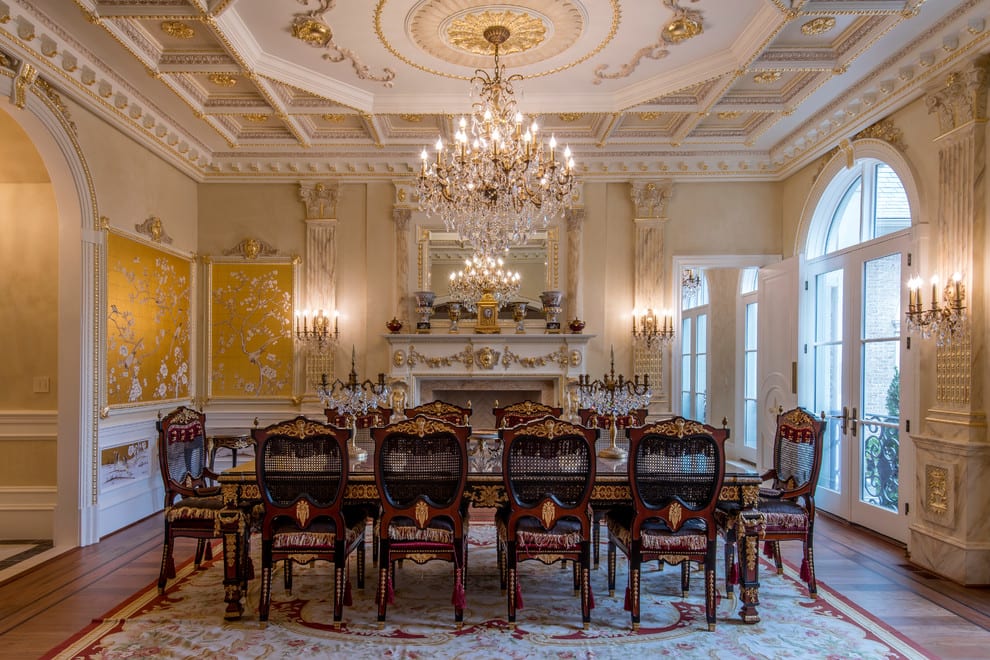 During the Victorian era, social class played a significant role in every aspect of life, including home design. The dining room was no exception.
Upper class families
were expected to have a grand and elaborate dining room, while
middle class families
would have a more modest and functional space. The
lower class
often did not have a designated dining room and would eat in their kitchen or living area.
During the Victorian era, social class played a significant role in every aspect of life, including home design. The dining room was no exception.
Upper class families
were expected to have a grand and elaborate dining room, while
middle class families
would have a more modest and functional space. The
lower class
often did not have a designated dining room and would eat in their kitchen or living area.
The Design of Upper Class Victorian Dining Rooms
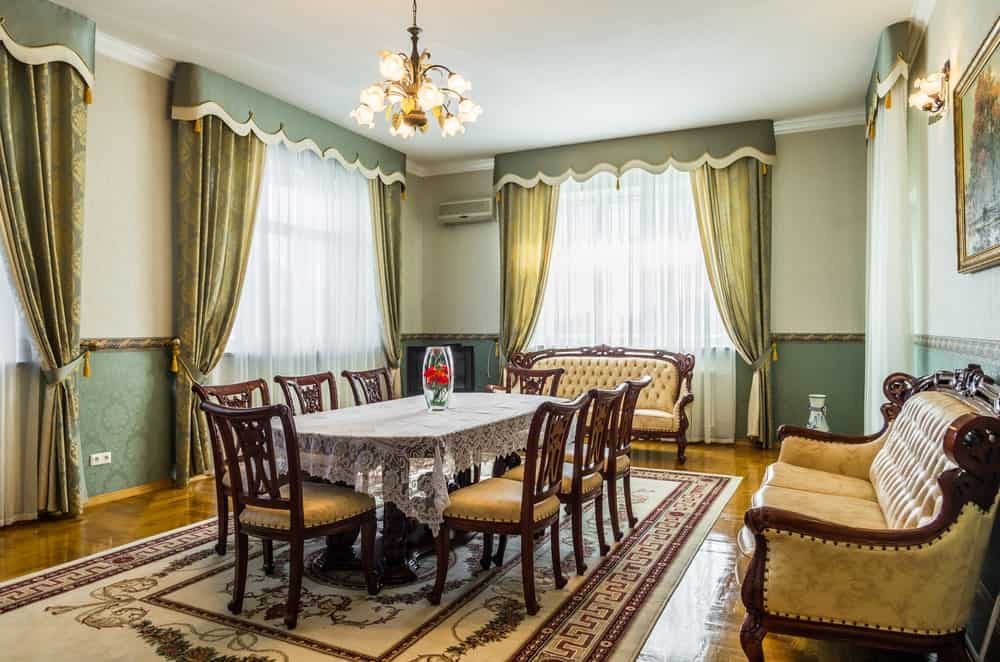 For the wealthy, the dining room was the most important room in the house, and it was designed accordingly. These dining rooms were often large and spacious, with high ceilings, ornate details, and grand furniture.
Rich wood paneling
and elaborate
chandeliers
were common features, as well as
intricately carved
dining tables and
plush
upholstered chairs. The
color scheme
was typically rich and luxurious, with deep reds, greens, and golds. These dining rooms were meant to impress guests and showcase the wealth and status of the family.
For the wealthy, the dining room was the most important room in the house, and it was designed accordingly. These dining rooms were often large and spacious, with high ceilings, ornate details, and grand furniture.
Rich wood paneling
and elaborate
chandeliers
were common features, as well as
intricately carved
dining tables and
plush
upholstered chairs. The
color scheme
was typically rich and luxurious, with deep reds, greens, and golds. These dining rooms were meant to impress guests and showcase the wealth and status of the family.
The Functionality of Middle Class Victorian Dining Rooms
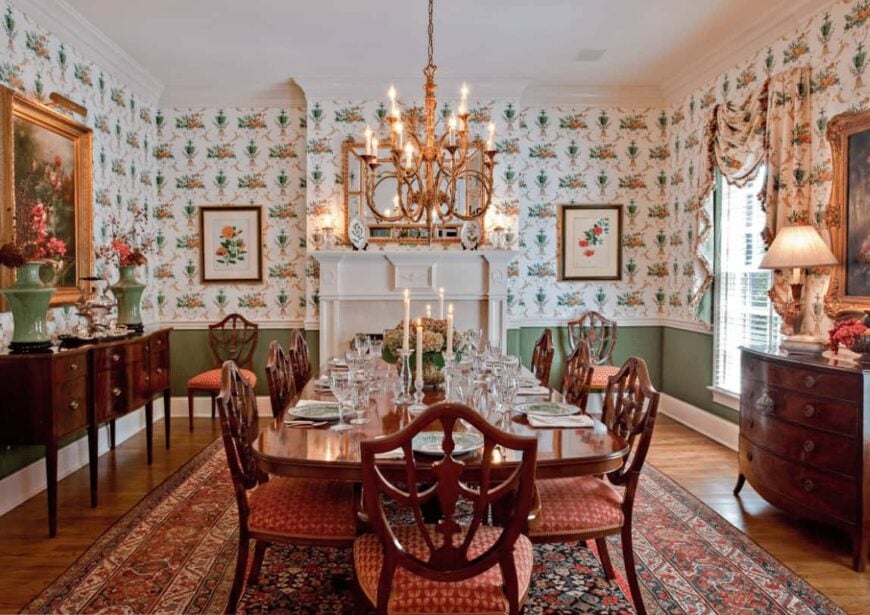 Middle class families could not afford the lavishness of upper class dining rooms but still wanted to create a welcoming and functional space for their family meals. These dining rooms were often smaller and simpler in design, with
less ornate
furniture and
neutral color schemes
. However, they still incorporated
some decorative elements
such as
patterned wallpaper
or
printed curtains
. These dining rooms were also used for other purposes, such as a
sitting room
or
office space
, and were designed to be
versatile
and
multifunctional
.
Middle class families could not afford the lavishness of upper class dining rooms but still wanted to create a welcoming and functional space for their family meals. These dining rooms were often smaller and simpler in design, with
less ornate
furniture and
neutral color schemes
. However, they still incorporated
some decorative elements
such as
patterned wallpaper
or
printed curtains
. These dining rooms were also used for other purposes, such as a
sitting room
or
office space
, and were designed to be
versatile
and
multifunctional
.
The Lack of a Formal Dining Room for Lower Class Families
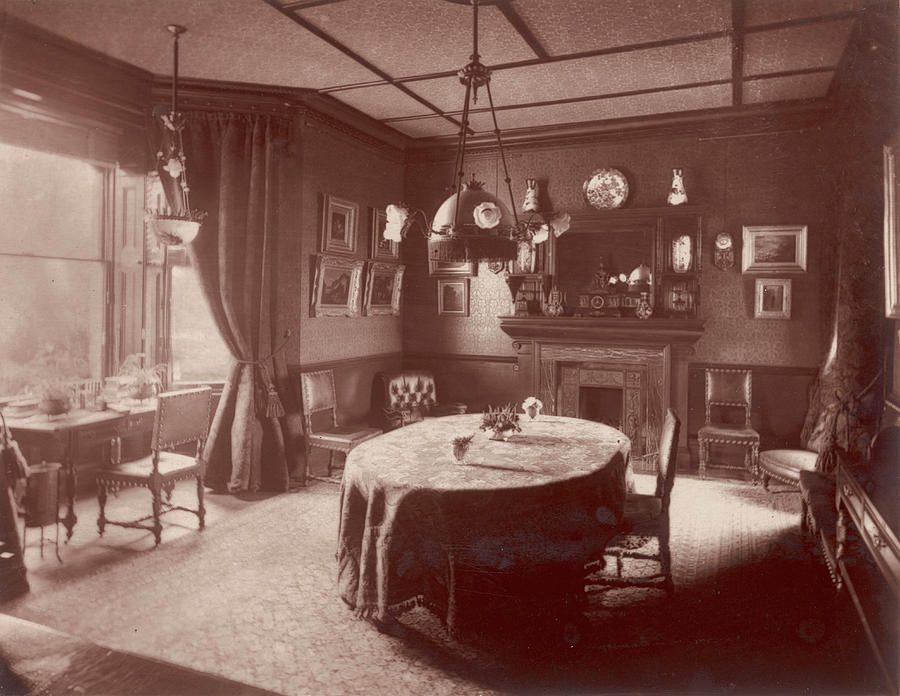 For lower class families, a designated dining room was a luxury they could not afford. Instead, they would eat in their small kitchen or living area. These spaces were often cramped and lacked any decorative elements. The furniture was
basic and functional
, and the overall design was
utilitarian
. For the lower class, the priority was
functionality
over aesthetics.
For lower class families, a designated dining room was a luxury they could not afford. Instead, they would eat in their small kitchen or living area. These spaces were often cramped and lacked any decorative elements. The furniture was
basic and functional
, and the overall design was
utilitarian
. For the lower class, the priority was
functionality
over aesthetics.
In conclusion, the design of Victorian dining rooms was heavily influenced by social class. The upper class displayed their wealth and status through grand and extravagant dining rooms, while the middle class prioritized functionality and the lower class simply made do with what they had. Despite these differences, the Victorian era saw a rise in the importance of the dining room as a gathering place for families and guests, setting the foundation for the modern dining room we know today.
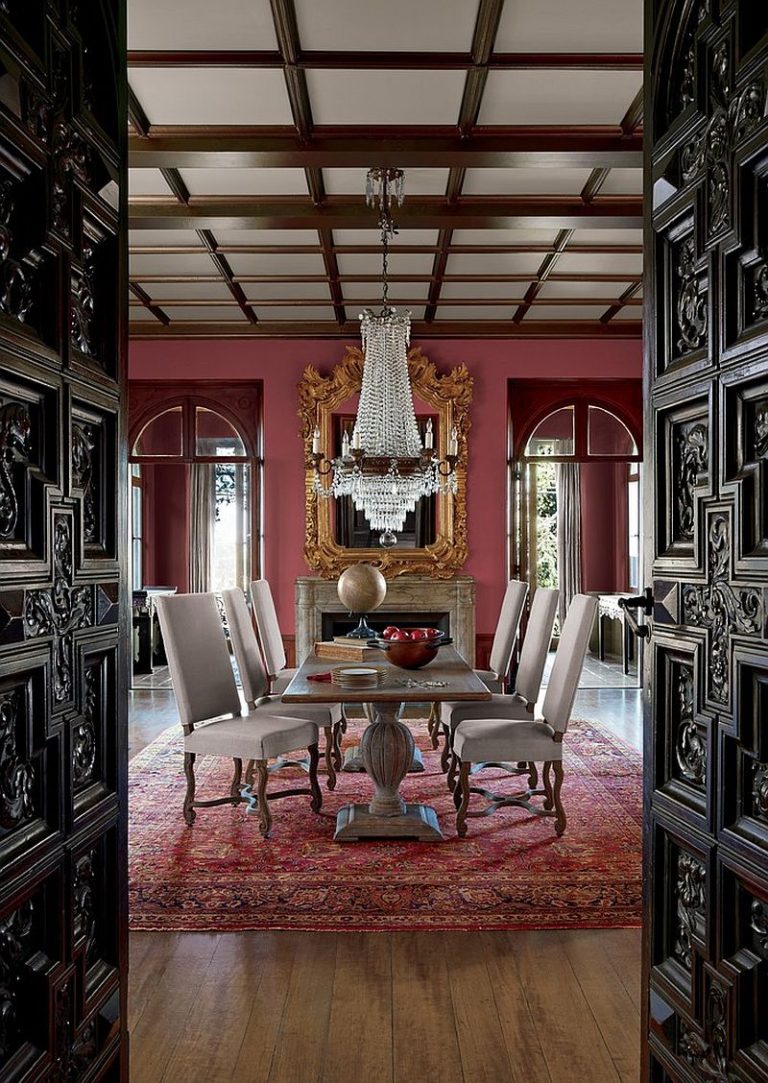


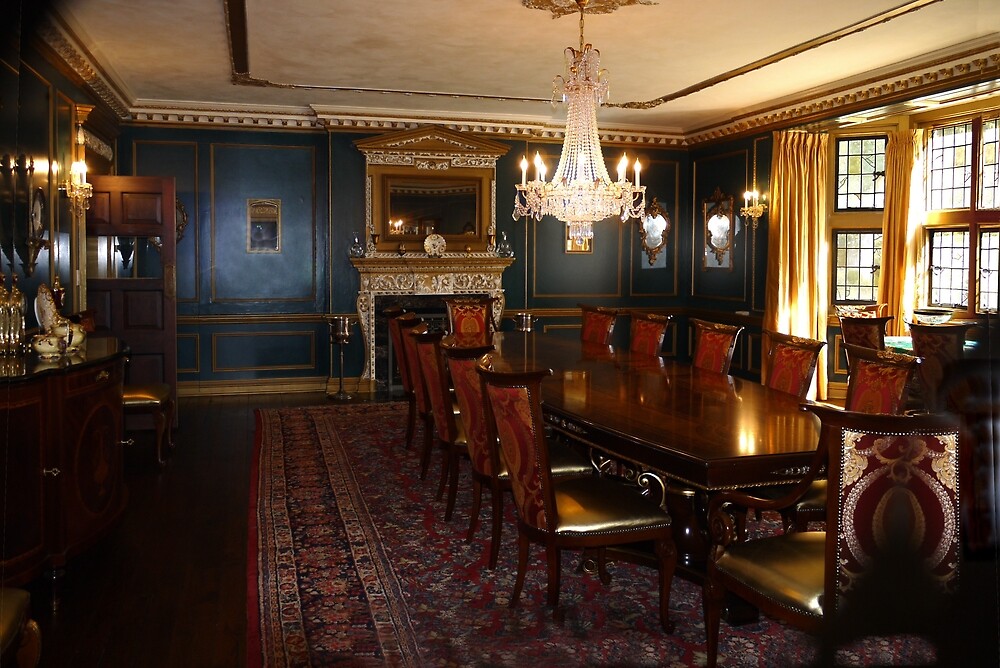
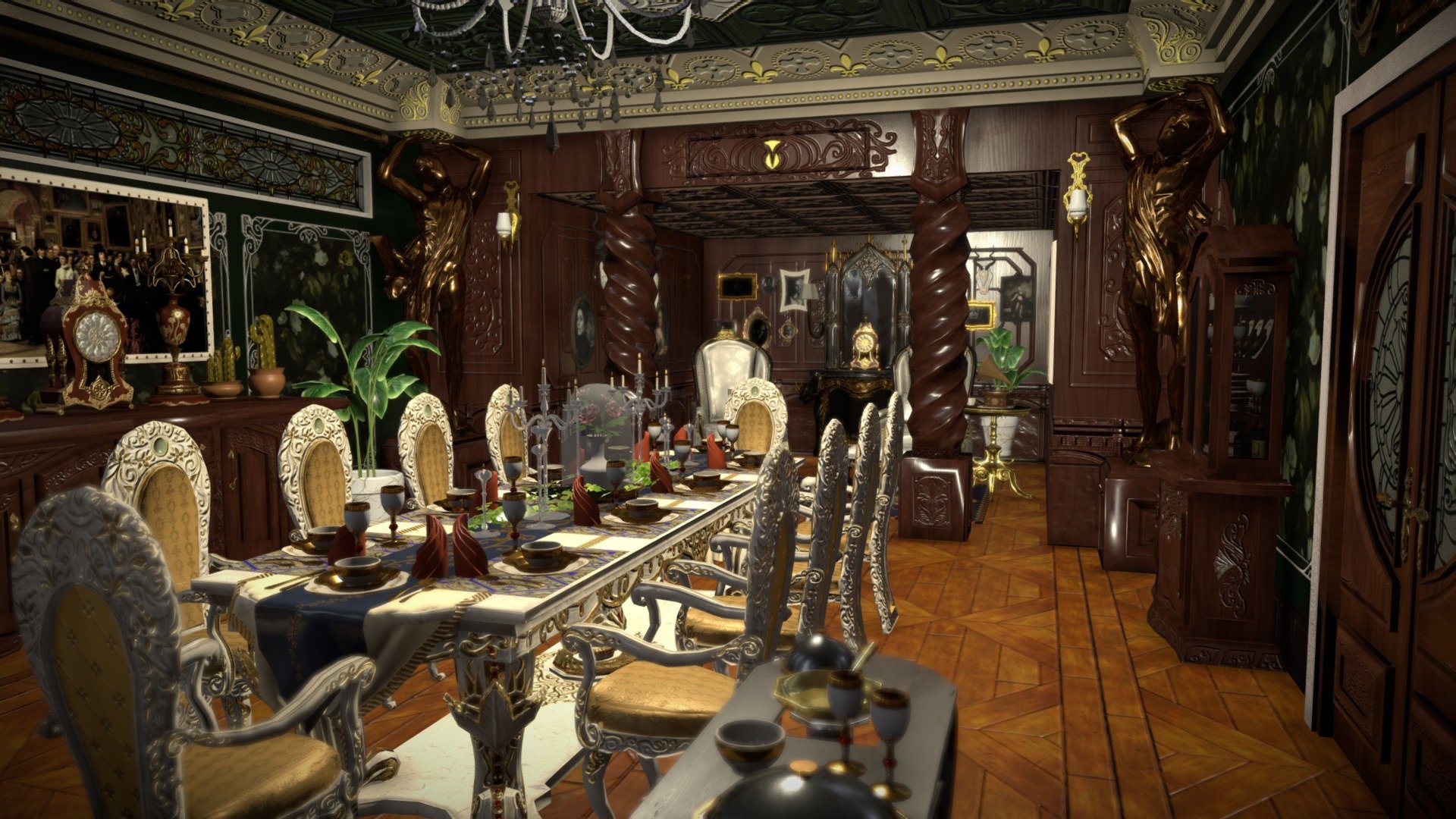



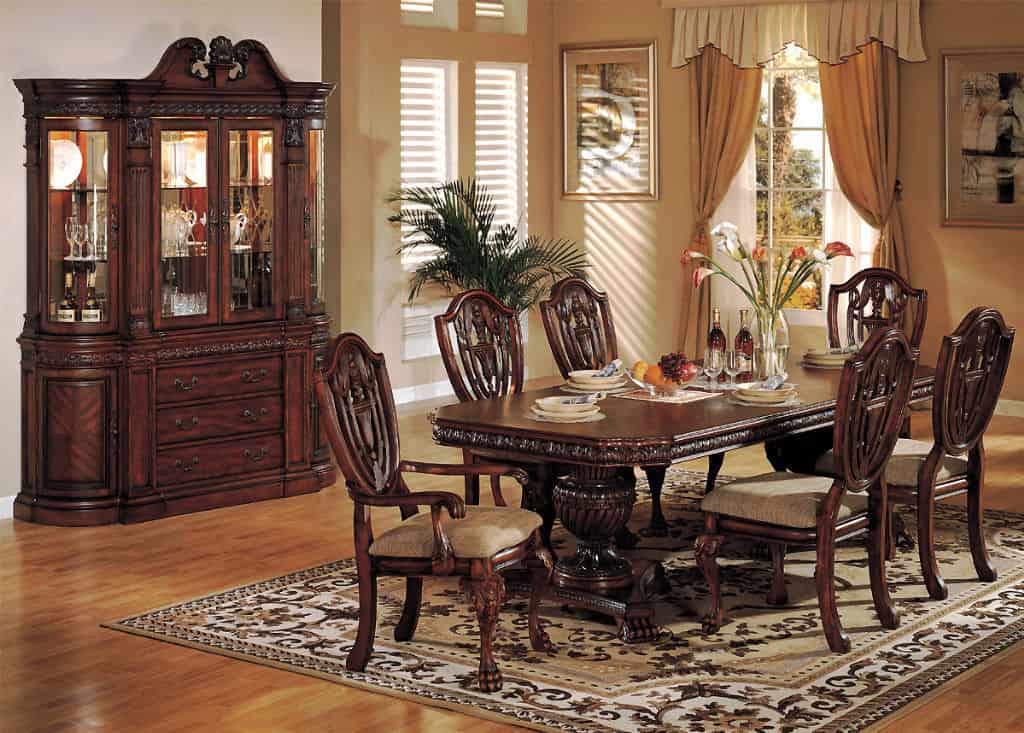
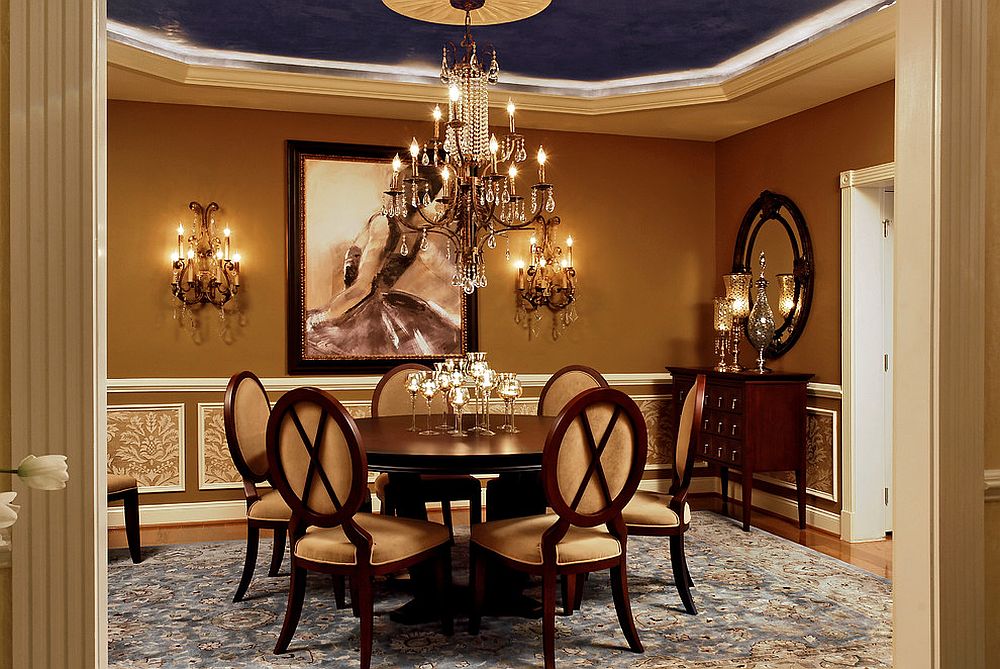
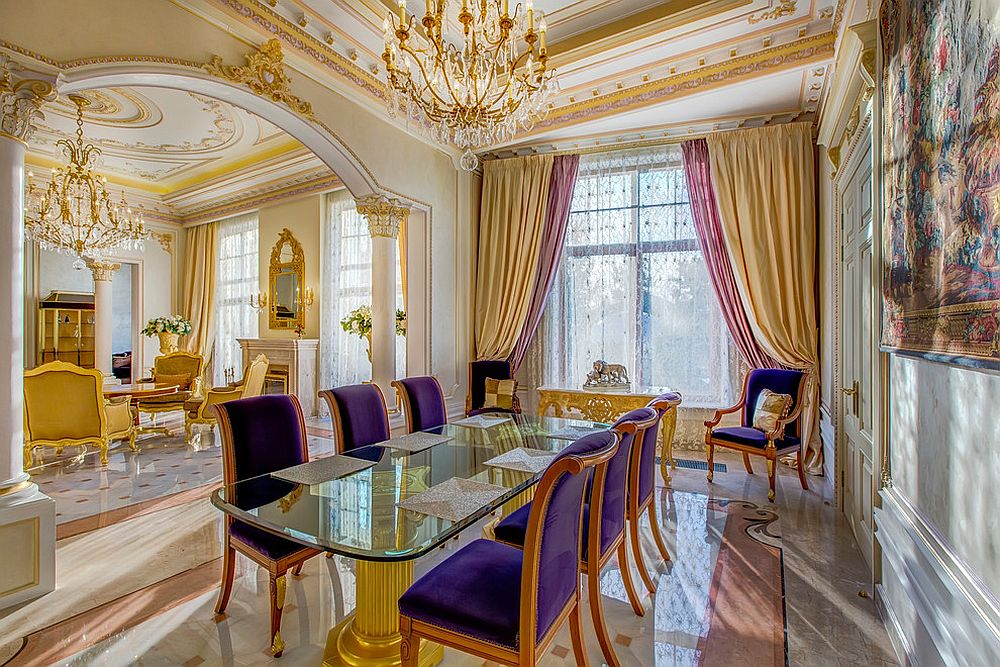
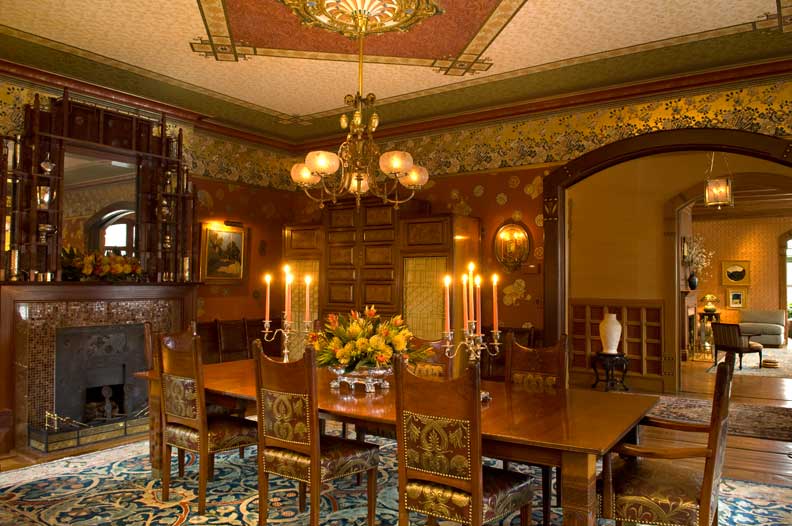
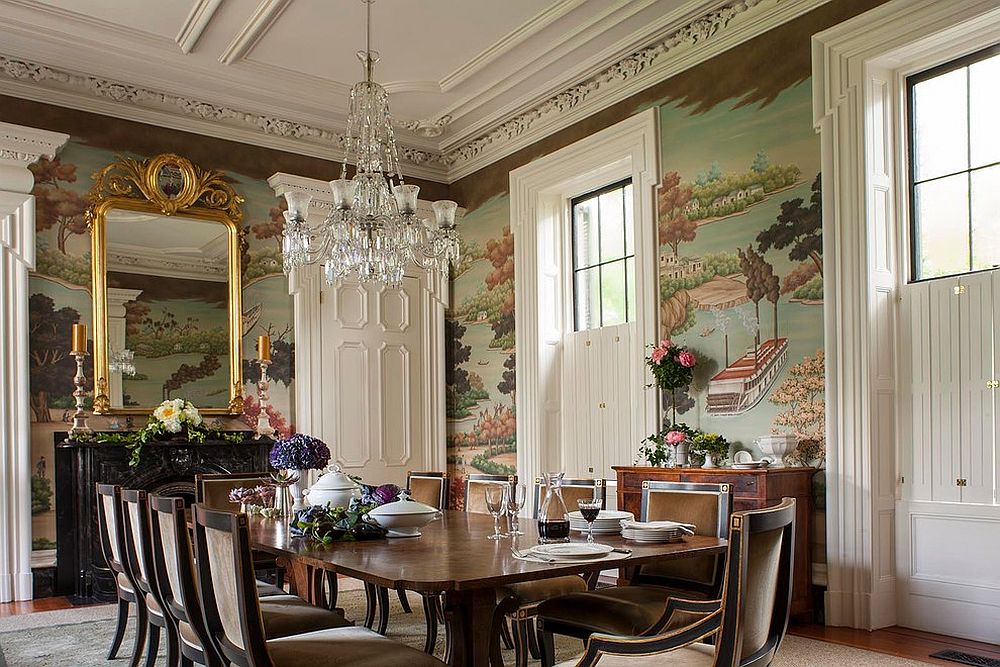


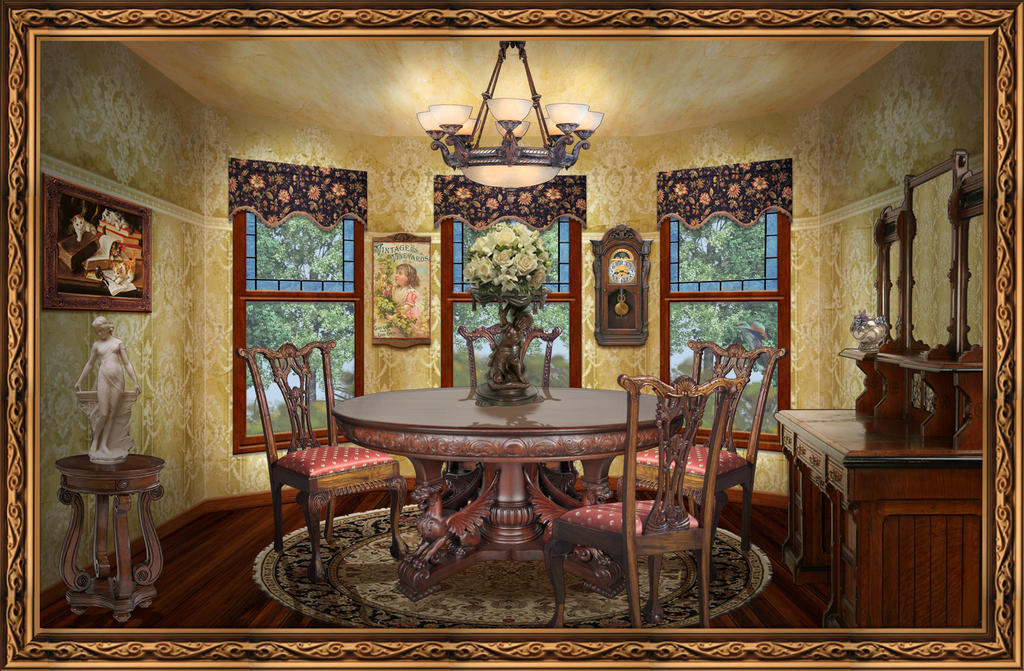

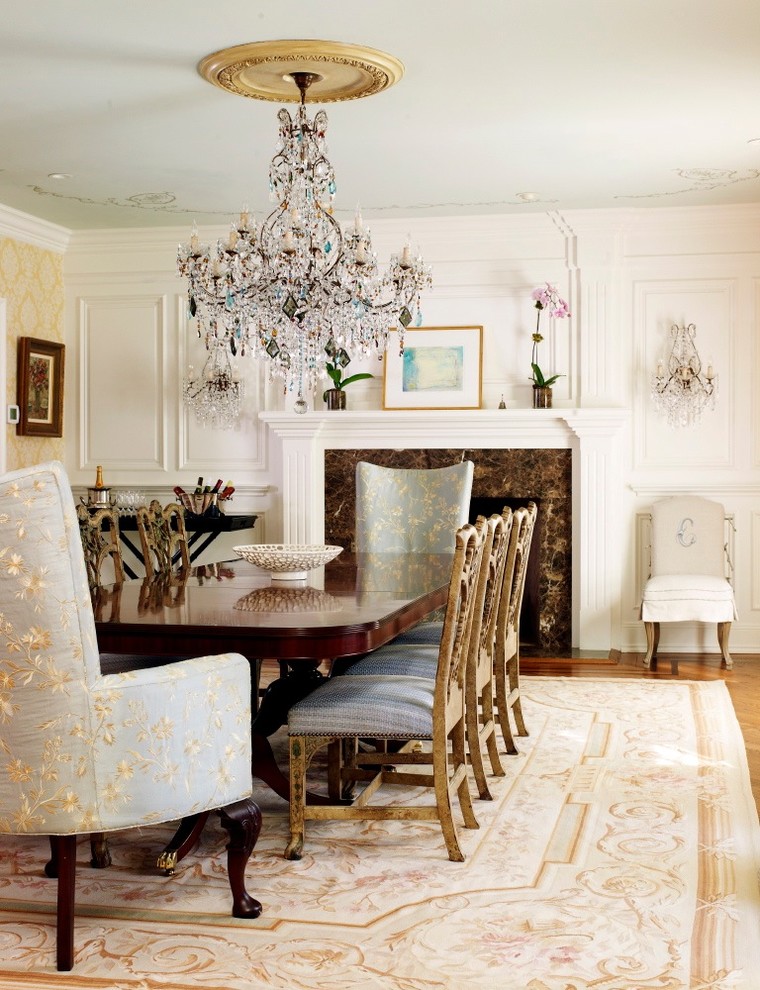



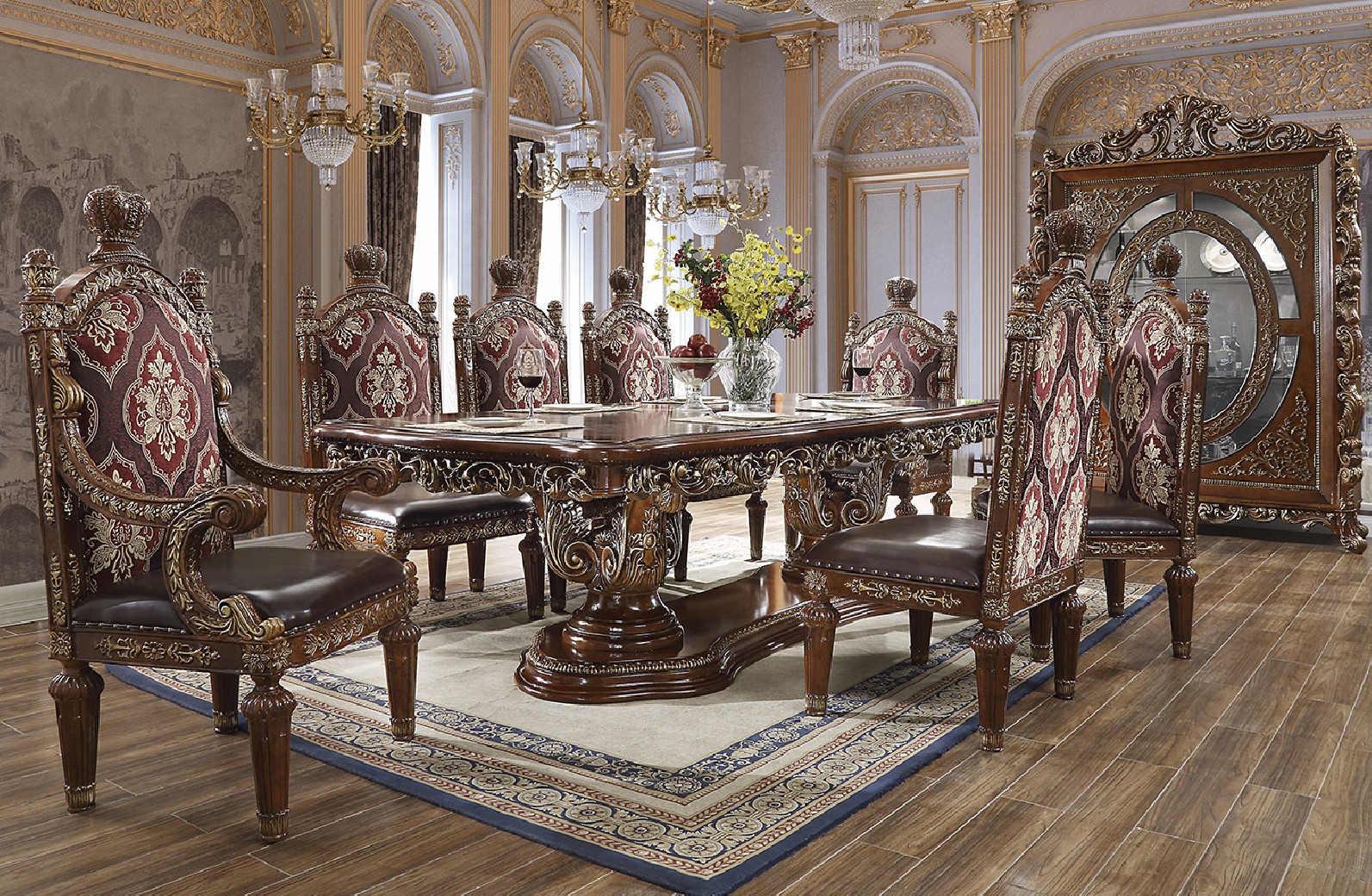



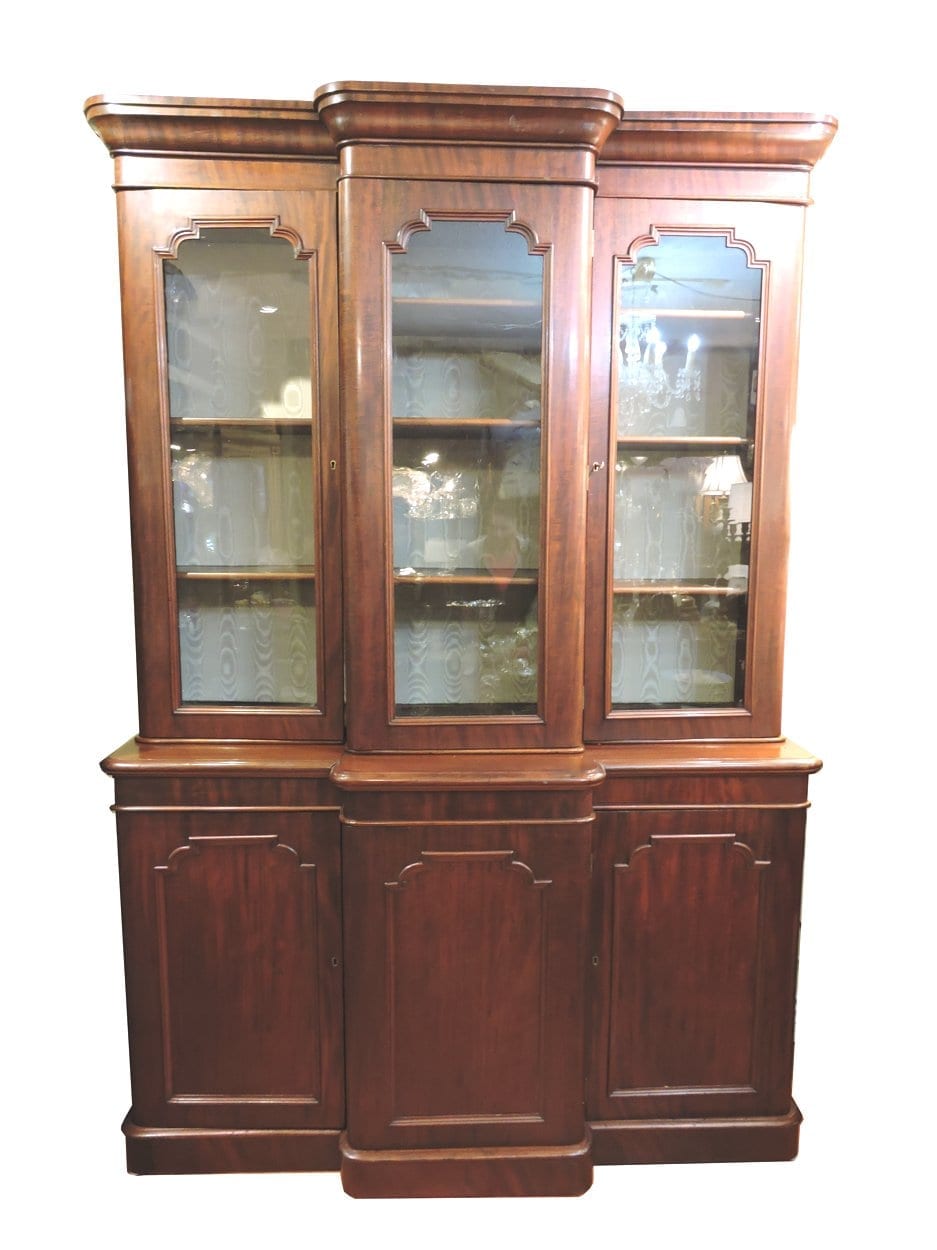








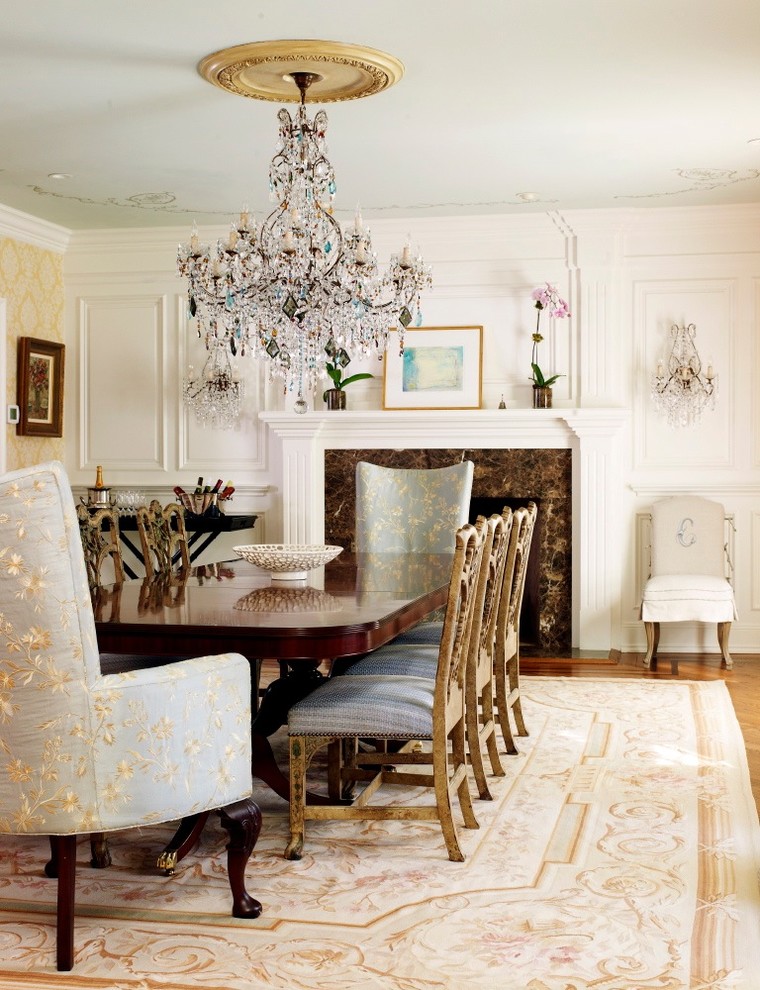
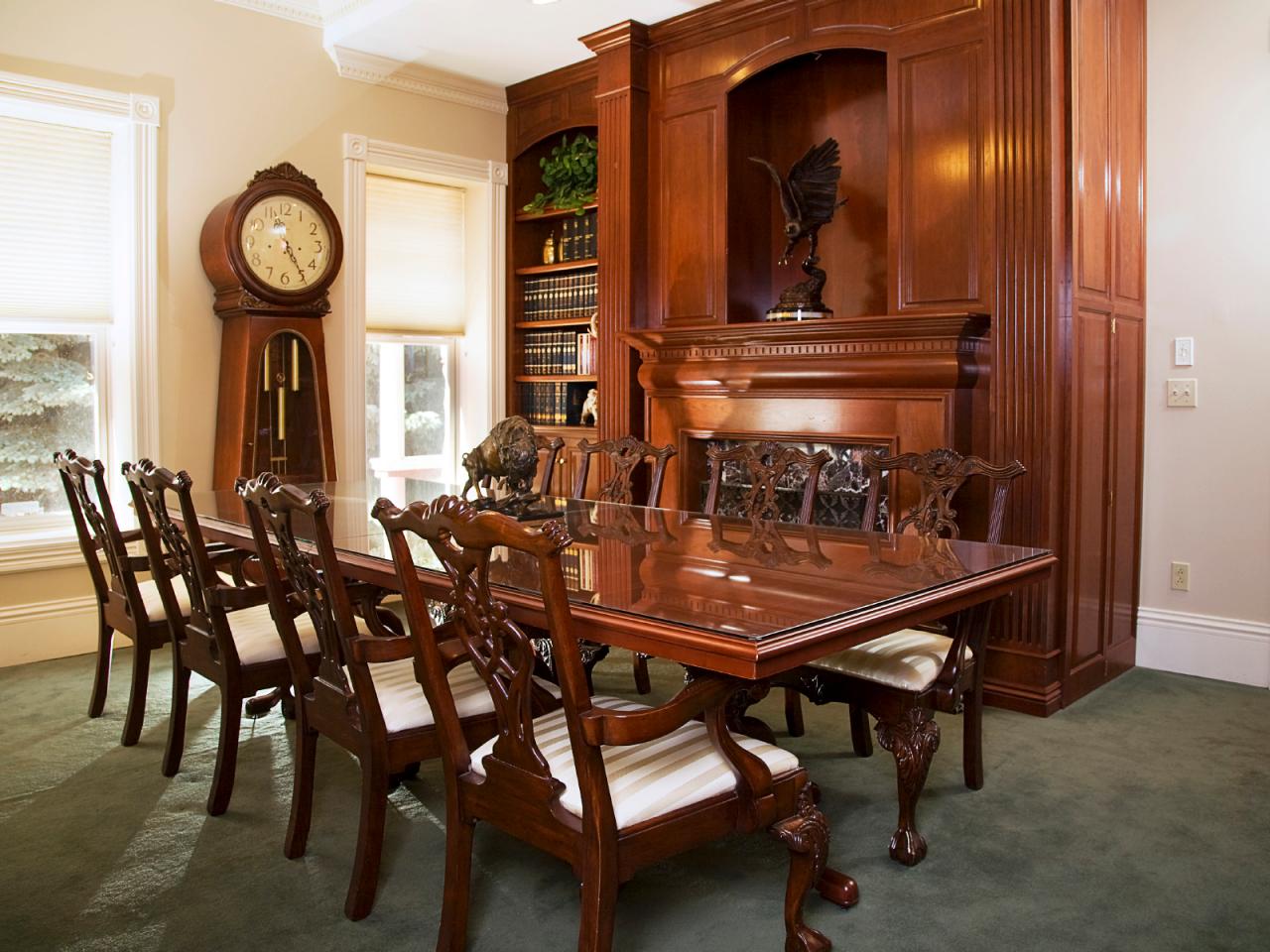


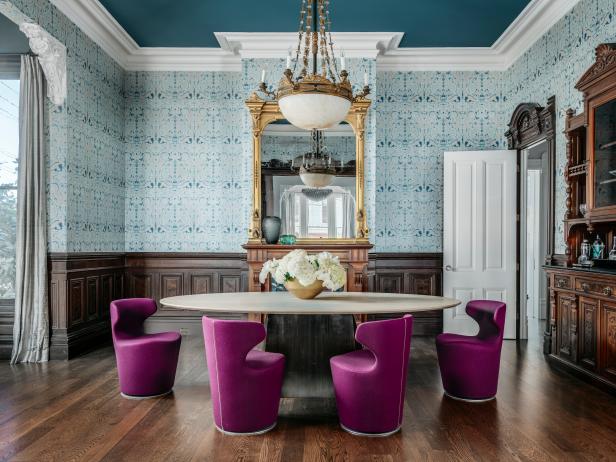
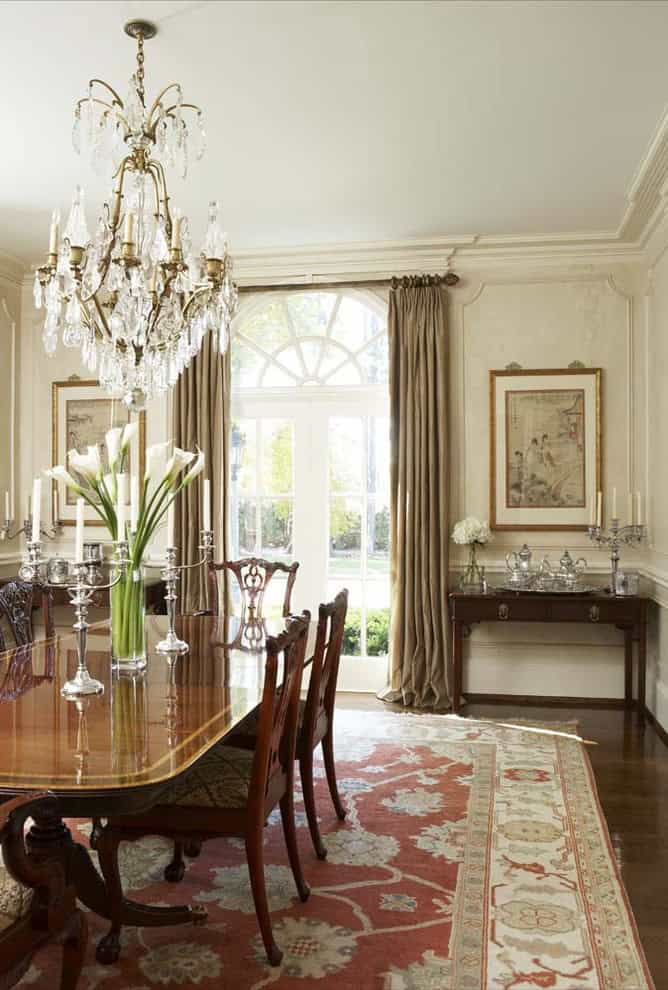


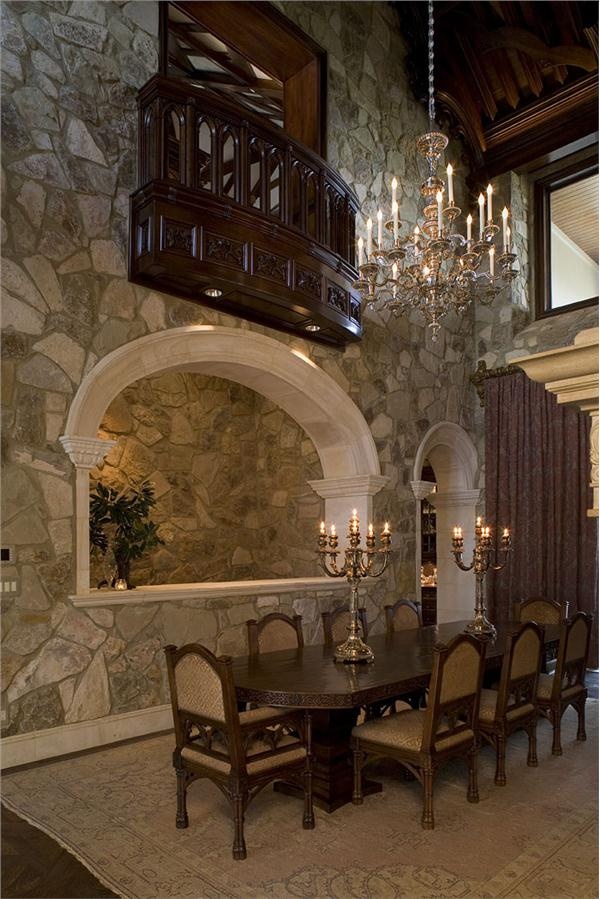
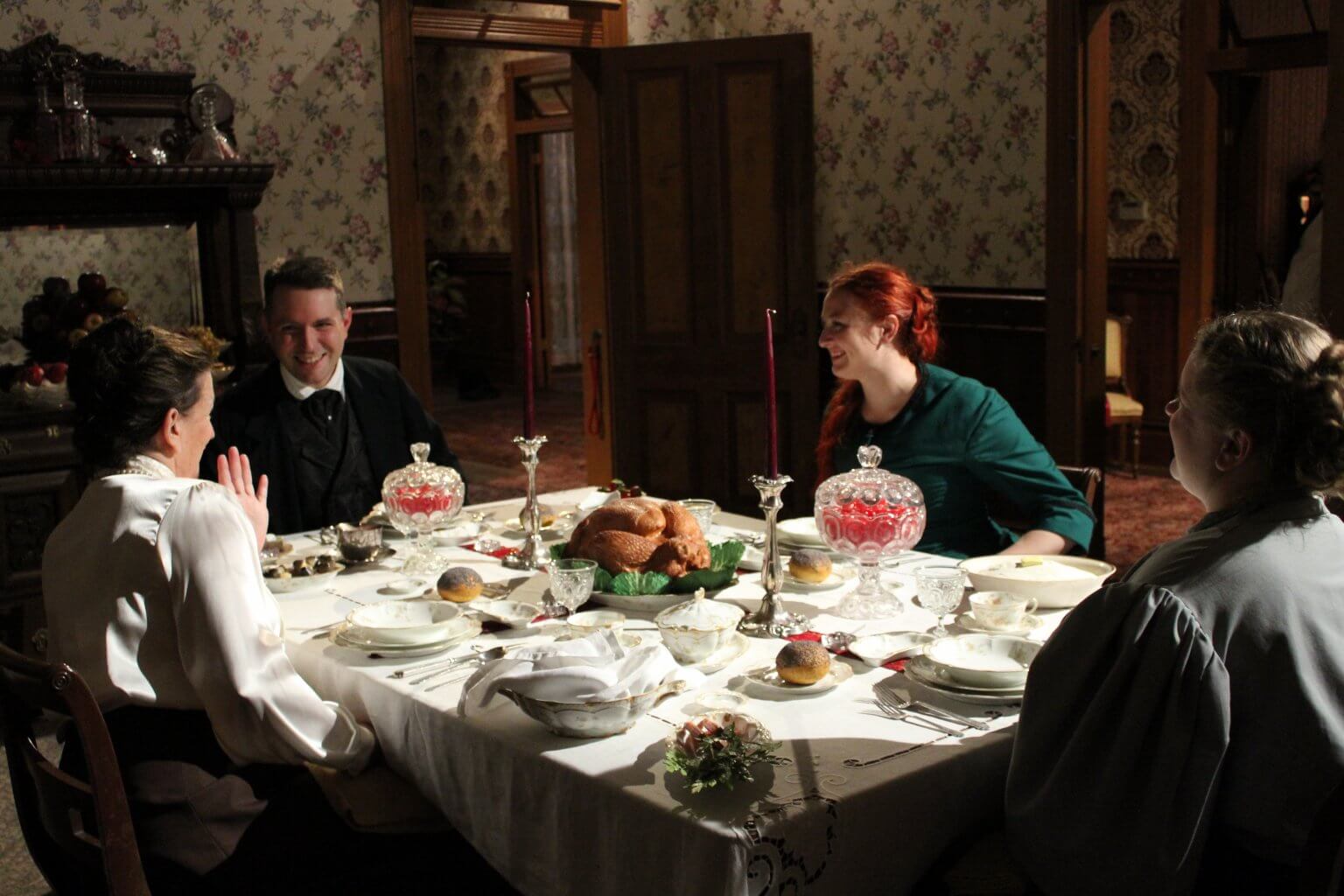





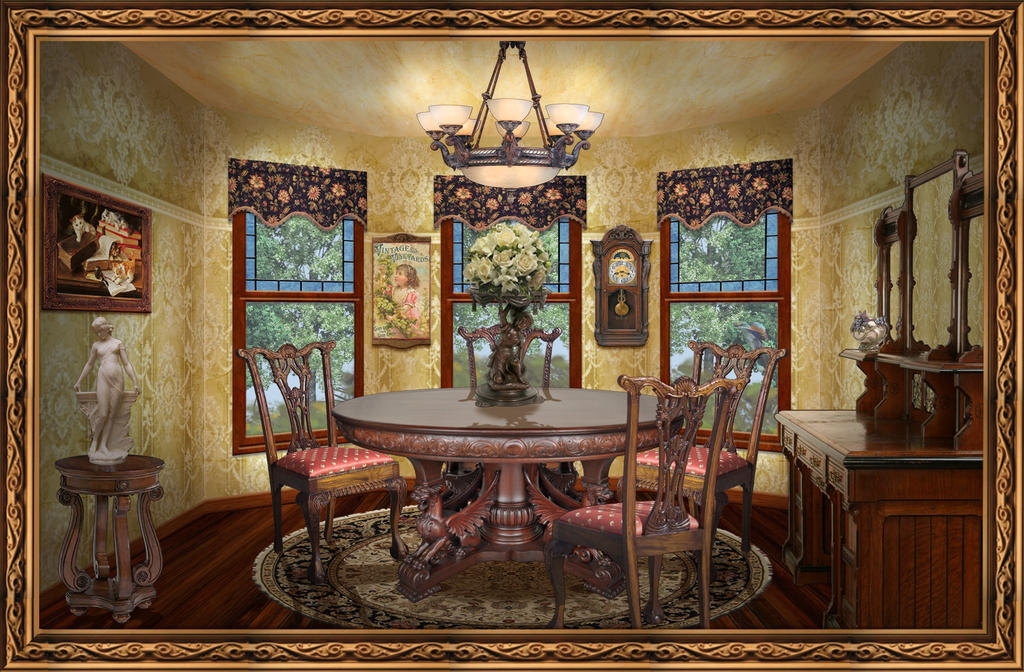
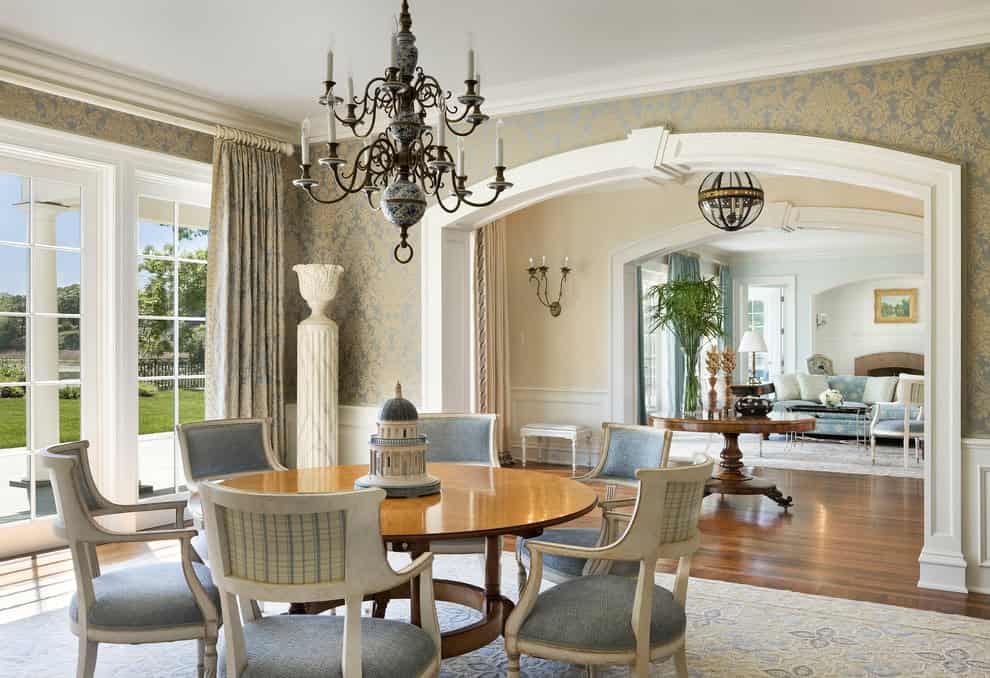









/Transitional-living-room-with-blue-details-Kate-FitzGerald-Wilks-586e6d4b3df78c17b621f13d.png)
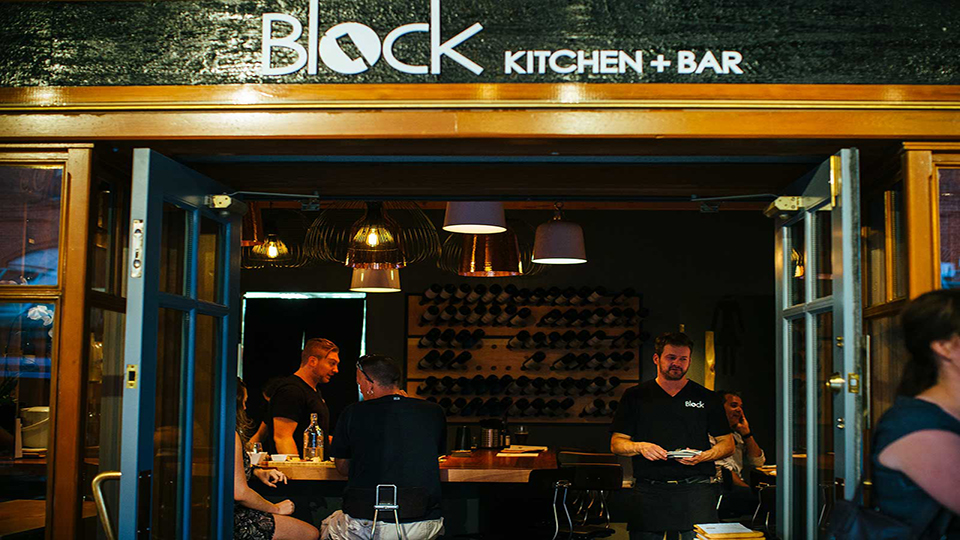
:max_bytes(150000):strip_icc()/PurpleMattress-c05a07f4661040eead7cc1bca9f866f8.jpg)


